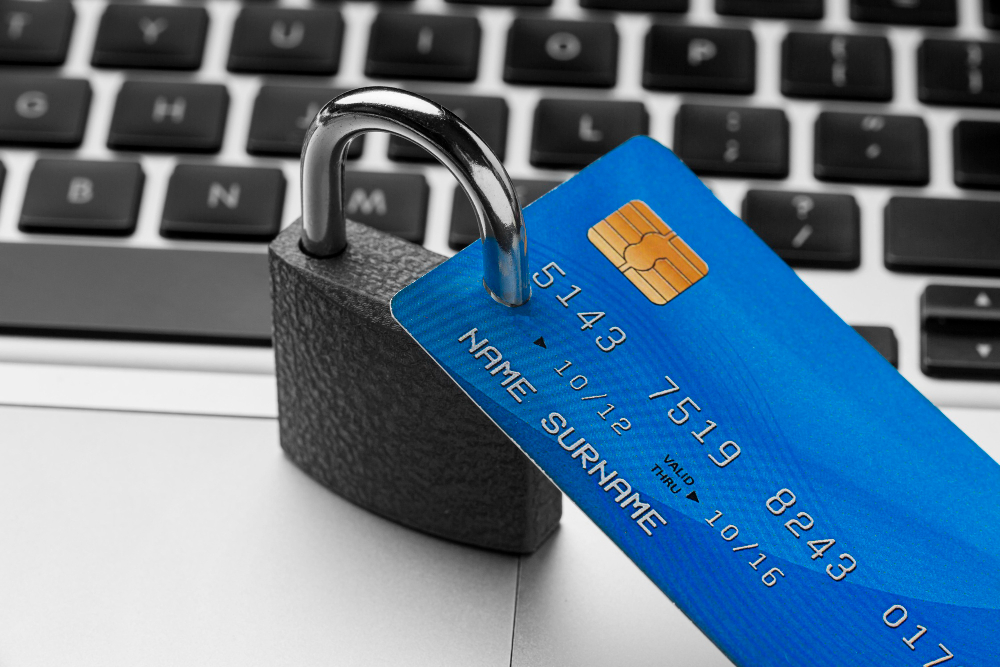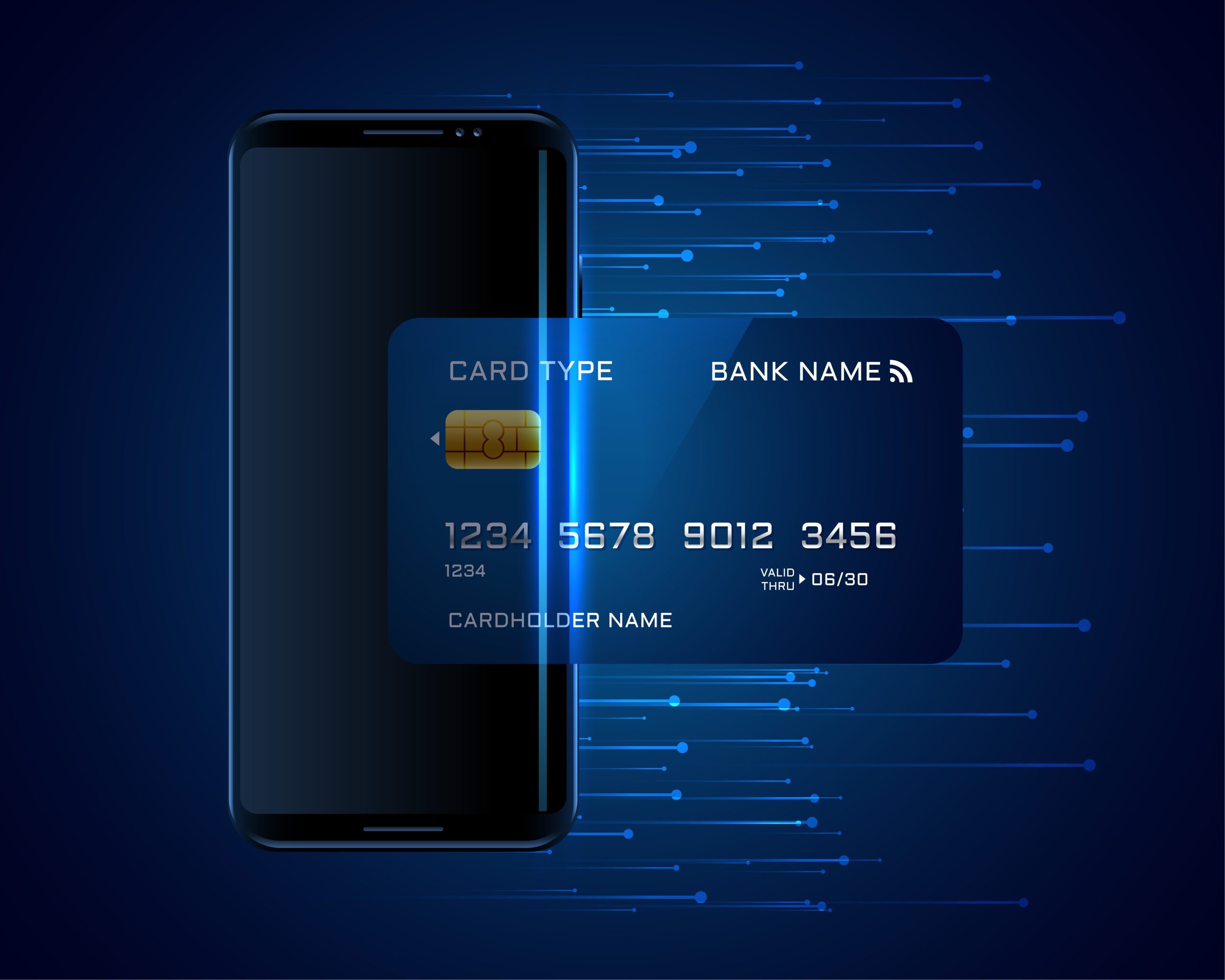Credit cards can be powerful tools for building credit, managing finances, and making purchases. However, navigating the world of credit card payments can be confusing, especially when it comes to determining how much to pay each month. This guide dives deep into understanding payment strategies and calculating the optimal amount to pay on your credit card.
Understanding Your Credit Card Statement
- Minimum Payment: This is the smallest amount you must pay to avoid late payment fees and potential damage to your credit score. However, paying only the minimum keeps you stuck in a cycle of high-interest debt.
- Statement Balance: This is the total amount due on your credit card statement, including new charges, interest accrued, and any remaining balance from the previous month.
- Interest Rate: This is the annual percentage rate (APR) charged on your outstanding balance. The higher the interest rate, the more you pay in interest charges over time.
Factors to Consider When Deciding Your Payment Amount
- Financial Goals: Are you aiming to pay off your credit card debt quickly, build your credit score, or achieve financial freedom? Each goal requires a different approach to credit card payments.
- Budget: How much can you realistically afford to pay towards your credit card each month without compromising other essential expenses?
- Interest Rate: A higher interest rate necessitates prioritizing paying down your balance to minimize interest charges.
- Debt-to-Income Ratio: This ratio compares your total monthly debt payments to your gross monthly income. A high ratio indicates potential financial strain, making it crucial to prioritize debt repayment, including your credit card.
- Credit Utilization Ratio: This ratio compares your credit card balance to your credit limit. Ideally, keep it below 30% to maintain a good credit score.
Strategies for Making Optimal Payments
- Pay more than the minimum: Even small increases above the minimum payment can significantly reduce your debt over time. For example, if your minimum payment is ₹1,000, consider paying ₹1,500 or ₹2,000 to accelerate debt repayment.
- Consider the snowball or avalanche method: The snowball method involves paying off the card with the lowest balance first, regardless of interest rate, providing a sense of accomplishment. The avalanche method prioritizes paying off the card with the highest interest rate first, minimizing overall interest paid. Choose the method that best suits your motivation and financial situation.
- Utilize autopay: Set up automatic payments to ensure you never miss a due date and avoid late payment penalties.
- Explore balance transfer options: Some credit cards offer 0% introductory APR on balance transfers, allowing you to transfer existing high-interest debt and focus on repayment without incurring additional interest charges during the introductory period. However, carefully consider any associated balance transfer fees and ensure you repay the transferred balance before the introductory period ends to avoid high regular interest rates.
Example
Let’s assume you have a credit card balance of ₹50,000 with a 15% APR (representative interest rate) and a minimum payment of ₹2,500. If you only make the minimum payment, it would take approximately 26 months to pay off the debt, and you would end up paying a total of ₹24,500 in interest charges.
However, if you increase your monthly payment to ₹5,000, you would pay off the debt in approximately 12 months, saving yourself ₹12,250 in interest charges. This demonstrates the significant financial benefit of making larger than minimum payments.
Remember
The optimal amount you should pay on your credit card depends on your individual financial situation and goals. Prioritize essential expenses, maintain a healthy DTI, and consider high-interest rates and long-term goals when determining your payment amount. By implementing these strategies and making responsible choices, you can effectively manage your credit card debt and achieve your financial objectives.
Disclaimer: This information is intended for general knowledge and should not be taken as financial advice. Always consult with a qualified financial professional for personalized guidance on managing your credit card debt.


















